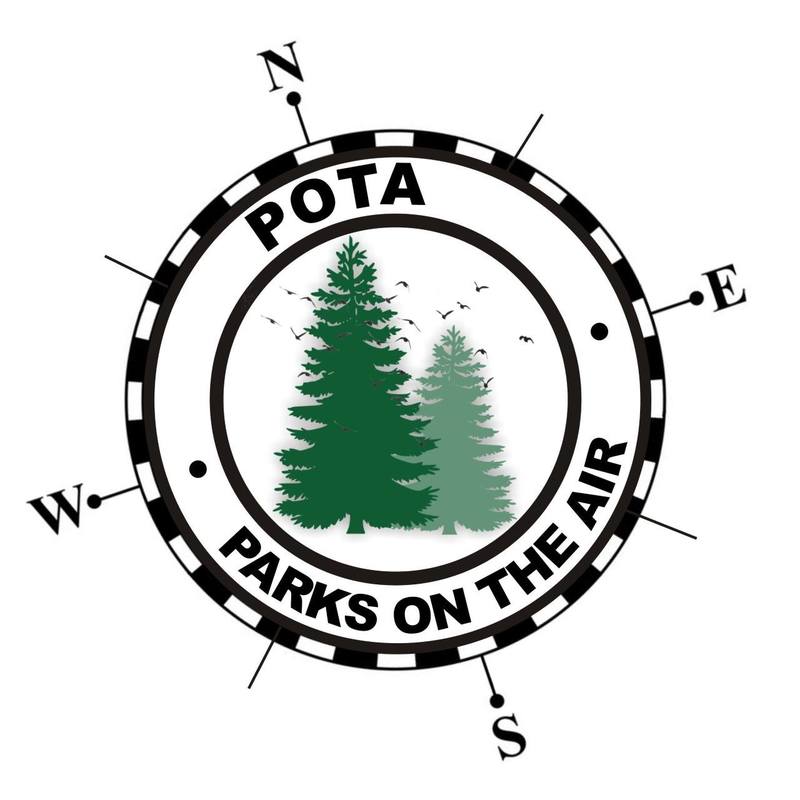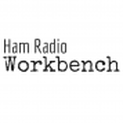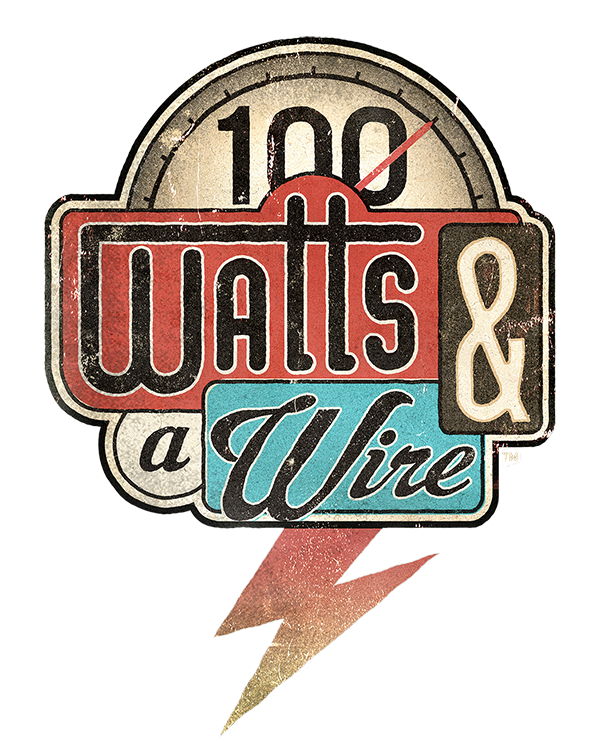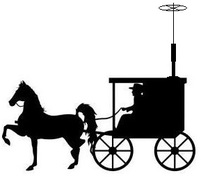| There was some uncertainty as to what park I would be in because I didn't get a positive response from the superintendent at the park I was planning on activating before I left for this trip. With that being said, I ended up at William Howard Taft National Historic Site unit NS78. Put a bunch in the log on 20 meters, and now I'm all done! Stay tuned for a post with pics and my thoughts on this activation. |
|
0 Comments
You may not have noticed, but I updated one of my recent posts where I talked about my upcoming trip. I initially thought I was going to be limited to VHF/UHF but I decided to go for it and take HF gear, and I managed to figure out how to make it all fit in my carry-on / personal item. I did double check the TSA site first, to make sure that there are not going to be any issues! First - This will be my personal item: All that is in there is the antenna, and a bungee cord. My plan will be to use the spare tire of the rental car as the counter weight under the antenna to "guy" to. I normally use a ground screw for that, but wasnt sure about getting a giant sized pointy corkscrew through security.
My 857d, an antenna analyzer, and a coil of extra coax and power lead all fit nicely in my carry-on. I'm pumped because I hate checking bags, and it looks like I'll be able to maintain my record of flying with only carry-ons while also bringing enough gear for an HF NPOTA activation! Here's how the stuff fits - you cant see everything because some stuff is inside other stuff, like shoes:
post contains affiliate links
Don't worry, I haven't forgotten about my ongoing projects. We had been away on a family vacation, and as usual when coming back from a vacation, the job that pays the bills had some things piled up that need to be dealt with, so I ended up putting in a couple very full days. With that thought though, here is a superfast update on where my projects stand:
I'm hoping to get the CB install finished by the end of this week, so that I can move on to "Phase 2" of the mobile install. Once I get started on that I'll post updates, and let you know exactly what "Phase 2" is, but for now here's a teaser. It has something to do with the 2 sheets of MDF plywood that are now sitting in my garage next to my table saw, and this thing:
So what exactly is this thing? About a year ago, this was a project I put together. It is, in theory, a go-kit that I built. If you happened to look at my QRZ profile though, you'll already know two things:
My porta station started out as me wanting a way to have a fully functional station that I could put in my car and take with me on trips - it did work for that, it was just HEAVY. Mainly because it had two 50ah batteries built into it, so that I could essentially run for a couple days without power. Also built into it was a power supply, and a charge controller/DC load switcher that would automatically charge the batteries if it was plugged into AC power, and automatically run off the batteries if no AC was present.
In the center of the beast was, from top to bottom, a small RF patch panel for switching between the various antenna connectors that I mounted across the top of the box, a row of switches for turning the various parts on and off, a small power outlet panel that had a volt meter, usb charger, and standard 12v automotive power connector, and the always important fuse block. The left side of the monster had (some of this stuff is internal and can't be seen in the picture) a Raspberry Pi computer with a 7" display, a mesh node, my 857d, the matching LDG tuner, a port audio patch panel, and external speaker with a separate amplifier and volume control. Running on the Raspberry Pi was a custom command line rig control software that I wrote in Python. Between the mesh node and the rig control software, this not only made this a porta-station, but one that I could use remotely, through a hammesh network. The software was actually a school project (did I mention that I go to night school on top of all this other stuff?!) with the idea that I was building a drop and run emergency relay radio station, so I had a justification for putting this whole thing together - it was educational! All of this goodness was build into an army surplus medical chest, in which I installed an aluminum frame (my first brazing project!) to hold all the stuff, topped off with a plywood panel to make the face.
So why take it apart? It was nice because it had everything in it I could need or want in a portable station. That was also the problem. Sometimes I didn't want all the stuff. For some trips it was too big to take depending on what other equipment (actual work equipment) I needed to fit in the car. I needed something more modular!
Someone clever might be able to figure out that what I must be scheming is a go-kit version 2. But how does that tie in to the start of this rant - my mobile shack Phase 2? Maybe you just figured it out...
Leave a comment and let me know if you think you have an idea of what I'm up too...
post contains affiliate links
So here is my dilemma - I have a work trip coming up, where I would have time to operate, and I'll be near a couple National Parks that would qualify for NPOTA. The catch is, I'll be flying with no checked baggage, and at the moment I don't have much of a kit that I can take with me in the carry-on / personal item. Because I do a decent amount of traveling for work, I have my system down, that I can go for up to a week out of just a backpack, so everything I take with me needs to fit in there, plus maybe a "personal item."
Part of my standard carry-on however, is a cheap Baofeng HT. I don't usually take a "personal item" like you can have on a plane, but it would be possible for me to take my Buddipole in it's bag as my personal item. The only other thing I have that I could potentially take with me would be my, also cheap, Pofung (Baofeng) UHF only mobile radio that is about 50w out - I could get my hands on a pretty sizeable 12v battery to run it on once I get to my destination. This means that if I would decide to try to activate a park on this particular trip I would have 2 potential methods of operating:
So - here's my question; is it worth doing the activation this way, and is there any chance for a cold thing in that hot place, that I would be able to bag 10 contacts using either of these methods, on normally "dead" sections of the bands? 2 meters has a better chance of getting out, and having folks come back to me, but I could put out more power on 440. Two of the parks are fairly close to population centers, so they would have that going for them...
Should I go for it? Comment and let me know...
Aw shucks - I might as well at least take some of the gear. Even if I don't get enough contacts for it to count for me, it would count for anyone I talk to. Even if I don't go to one of the parks, I'd still be playing with my radios, so there's fun in that either way! It's also a good lesson in the fact that I need to put together a little QRP setup for myself, like a TunaTin rig that I can just stick in the Buddiepole bag.
If you look back at my post about the MFJ unun that I am using to help match my Hamsticks, you might see that I got a couple different bits of feedback. The basic question I had asked is this: When matching an antenna is it better to start at lowest SWR or Resonance? The method I ended up using that I described in that post was starting from Resonance - mainly because that seems to be the suggestion from K0BG on his website - plus it had some other advantages that made me lean towards that method.
Like many things, there is a lot of back forth when questions like these come up. There are things like questions about how much it really matters when you consider how compromised a mobile antenna is, where is the matching device located, how long is the coax, etc. With that in mind, I'm considering a small experiment:
Because the Hamsticks use the whip at the top for tuning, the matching I did, starting from resonance, is a combination of the setting on the matching unit, and the length of the whip. I could unscrew the whip part, and set it aside, and screw in a separate whip, and do the whole matching process again, but starting from low SWR. Doing this would give me a way to compare the two methods because I could quickly swap the Antenna back and forth between one matched starting from resonance, and one matched starting from low SWR. I have an inexpensive meter that I can use to measure field strength - it doesn't give absolute values, but I could set it based on the first antenna arrangement, and then compare the second antenna. The process would go like this:
Does this sound like it would be a reasonable comparative test, or am I missing anything important? I think by following these steps I'll have a "controlled" experiment, and I'll have a fairly objective way to measure the results, other than just asking someone "how do I sound now?" Thoughts? Comments? Should I go for it?
|
Categories
All
- N3VEM - Welcome to my Ham Radio Blog! This blog was started primarily to share my two concurrent shack builds - my mobile station and my home station. Over time, this has grown to include sharing about my operations, and general radio-related thoughts that I have as a newer operator. Proving that hams do indeed still build stuff!
100 Watts and Wire is an awesome community, based around an excellent podcast.
Archives
September 2020
|
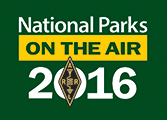
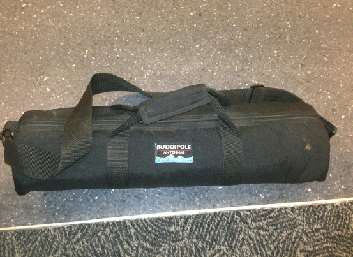








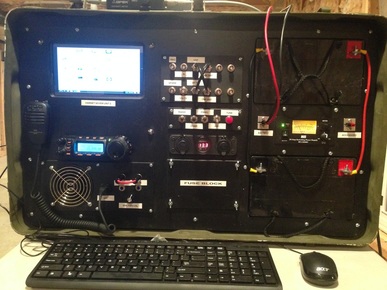
 RSS Feed
RSS Feed
